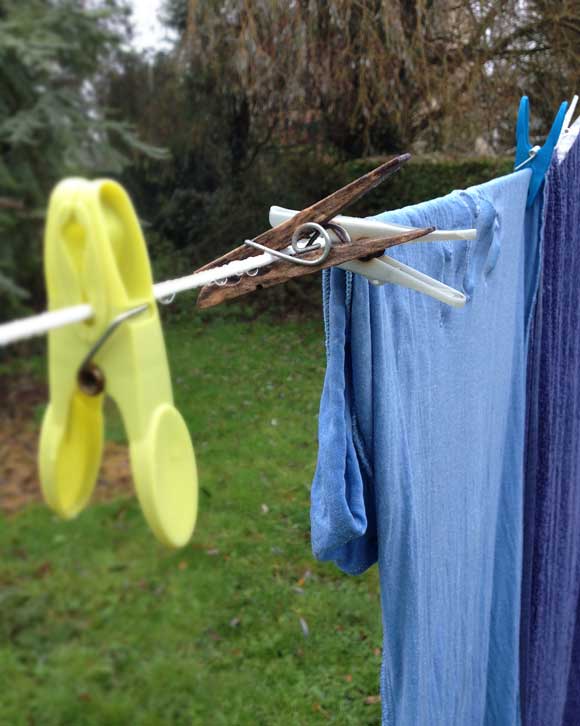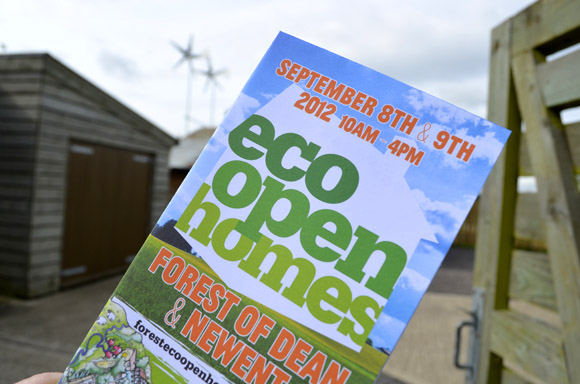What’s the issue with microbeads?
It might only be a small success of President Obama’s reign, but on his checklist of achievements he can include getting microbeads banned from ‘rinse off ‘ cosmetic products. So if the U.S. can do it why can’t we? Well, a UK ban might well be on the way – even if it doesn’t include all our European partners, as the Environment Minister Rory Stewart recently told the Commons “If we cannot get a common position out of the European Union, we are open to the possibility of the UK acting unilaterally.” This will please campaigners such as the Marine Conservation Society who have been urging governments to act, following many years of evidence gathering by themselves and others on the harm caused by microbeads.
What’s the issue with microbeads?
Microbeads – sound a bit cute, they are anything but – they are small bits of plastic added to face washes, body scrubs, toothpaste and the like to help buff and exfoliate our bodies. The problem is that once they are washed down our drains they can’t be filtered out and end up in our seas, rivers and lakes, absorbing toxic pollutants as they go. Looking yummy to fish, they then enter the food chain and potentially we eat plastic! Excellently explained by this video by the Story of Stuff Project.
How can I avoid them?
Check the label – plastics are called many things, and listed in very small print, so if you can read it it’s best to avoid anything listing Polyethylene / Polythene (PE), Polypropylene (PP), – Polyethylene terephthalate (PET), – Polymethyl methacrylate (PMMA) or Nylon. Alternatively, a handy app has been created see beatthemicrobead.org. You just need to scan the barcode and it tells you if the product contains microbeads. What can I do to help?
What can I do to help?
Vote with your pocket, and choose alternative products that don’t contain plastics, try Fauna & Flora International’s Good Scrub Guide for suggested alternatives and take the Microbeads pledge to stop using them. Greenpeace were successful in their petition calling for David Cameron to ban the use of polluting plastic microbeads in cosmetics. Perhaps the Prime Minister can add it to his ‘Things I’ve achieved list’ like President Obama!


